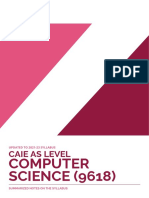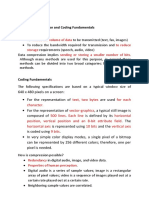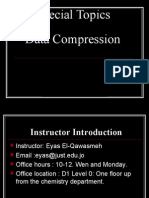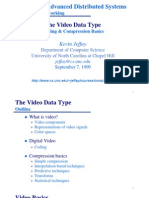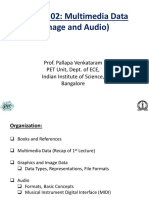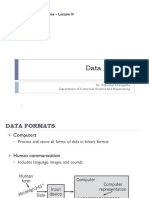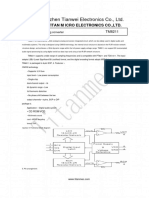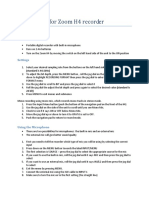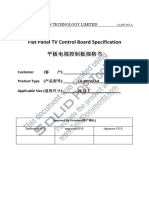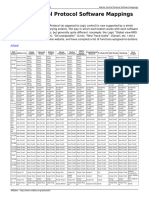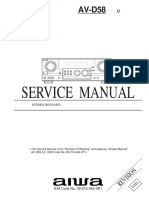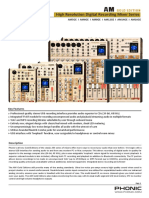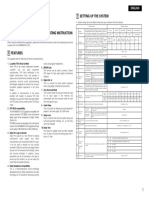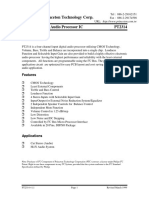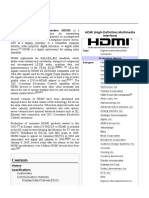0% found this document useful (0 votes)
41 views26 pagesData Representation (Part 3)
The document discusses different types of multimedia data like images, audio, and video and how they are represented digitally. It covers topics like digitization, sampling, quantization, compression techniques like JPEG and MP3, and how different codecs work.
Uploaded by
mariainspanishclassCopyright
© © All Rights Reserved
We take content rights seriously. If you suspect this is your content, claim it here.
Available Formats
Download as PDF, TXT or read online on Scribd
0% found this document useful (0 votes)
41 views26 pagesData Representation (Part 3)
The document discusses different types of multimedia data like images, audio, and video and how they are represented digitally. It covers topics like digitization, sampling, quantization, compression techniques like JPEG and MP3, and how different codecs work.
Uploaded by
mariainspanishclassCopyright
© © All Rights Reserved
We take content rights seriously. If you suspect this is your content, claim it here.
Available Formats
Download as PDF, TXT or read online on Scribd
/ 26

